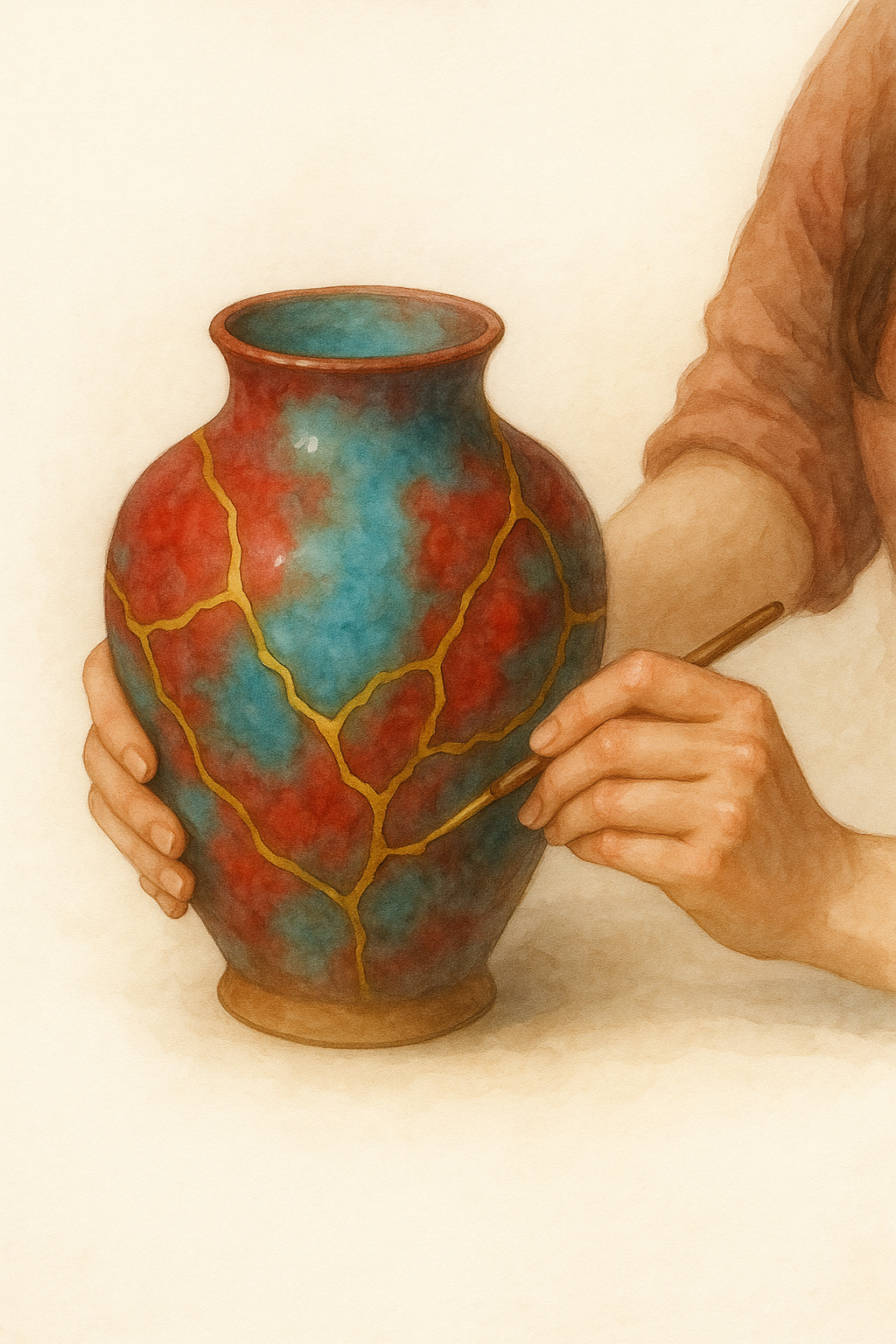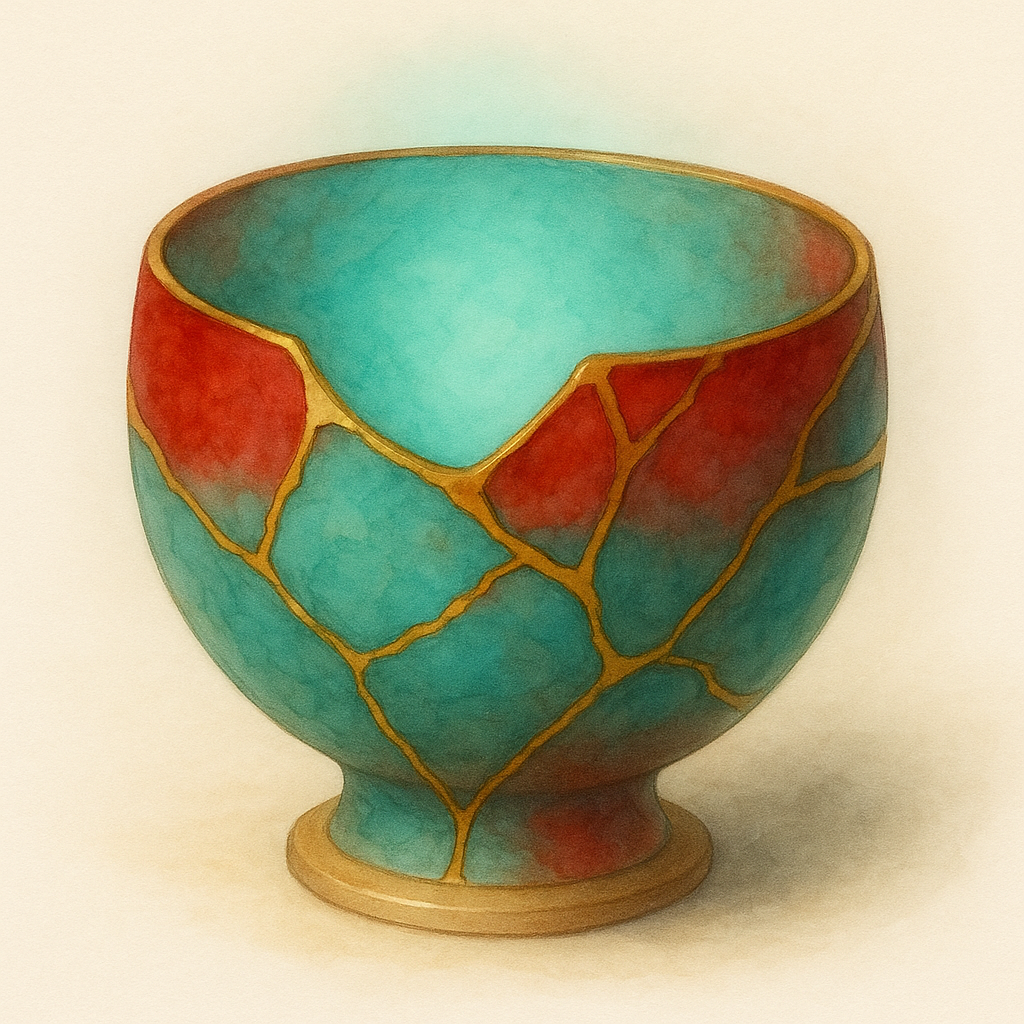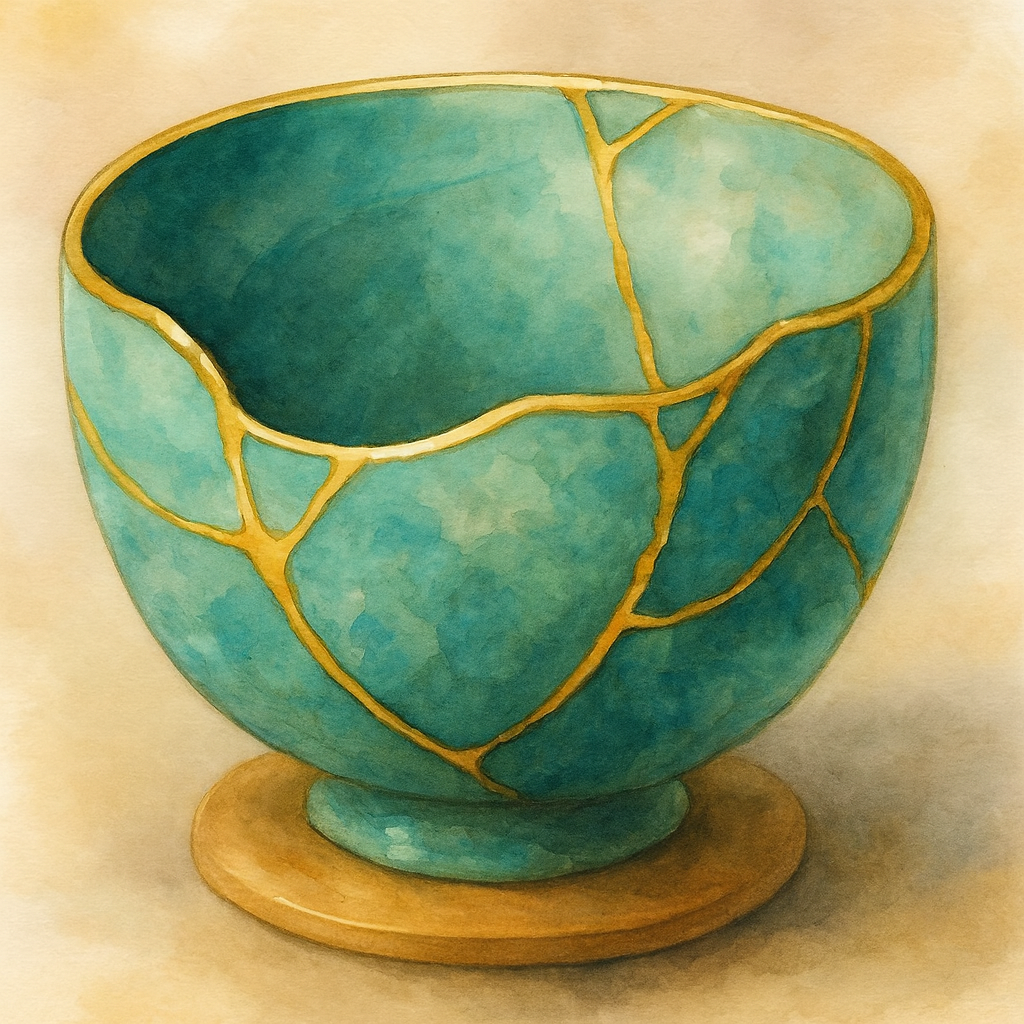For Therapists
Trauma-Informed Tools for Supporting Incest Survivors
Clinically grounded. Survivor-centered. Designed to help you navigate the complexity, depth, and relational intensity of incest trauma with clarity, confidence, and compassion.
For Clinicians Working with Incest Survivors
Supporting incest survivors is some of the most meaningful, and some of the most challenging, work a therapist can do. The wounds you meet in the room are not just psychological. They are relational, neurological, somatic, developmental, and often deeply hidden. Most graduate programs never covered this territory. Most textbooks barely touch it. And yet here you are, sitting across from people carrying trauma that reshaped their entire early world.
You’re not alone if you’ve felt:
- unsure how to navigate dissociation
- intimidated by the complexity of the family system
- confused by reenactments or contradictory behaviors
- afraid of retraumatizing your client
- uncertain where stabilization ends and processing begins
- overwhelmed by the emotional intensity
- worried you’re “missing something important”
These struggles aren’t signs of incompetence.
They’re signs that incest trauma requires specialized knowledge, knowledge that has historically been difficult to find in one place.
This section of Holey House exists to change that.
Here, you’ll find a comprehensive, compassionate, and clinically grounded framework designed specifically for therapists who want to support incest survivors ethically, effectively, and with confidence. Every resource is created with one goal: to expand your capacity while honoring the survivor’s safety and dignity.
What You’ll Find Here
The Therapist Hub is organized into eight core pillars, each addressing a critical domain of incest-informed practice. You can think of these pillars as the scaffolding for competent, ethical, and attuned clinical work.
Why This Matters
Therapists often tell me:
“I want to help, but I’m afraid to do harm.”
This entire hub was created for clinicians like you, therapists who care deeply and who want the tools, language, and clarity to walk this path with integrity.
Here, you’ll find:
- trauma-informed explanations
- clinical guidance
- case conceptualization supports
- dissociation-aware interventions
- clear distinctions between reenactments and preferences
- strategies for working with shame and fragmentation
- tools to prevent therapy from replicating past abuse dynamics
- support for your own emotional capacity and well-being
Everything here honors the truth that incest trauma is complex, but treatable when a therapist is equipped with the right knowledge, humility, and grounding.

You Don’t Have to Navigate This Alone
You’re doing work that requires courage, attunement, and deep ethical presence. You deserve resources that match the magnitude of that responsibility.
Explore the pillars. Learn at your own pace. Integrate what resonates. Trust that you can support survivors in ways that honor their truth, protect their dignity, and help them build a future far beyond the trauma that once defined their lives.
“Trauma is not what happens to us, but what we hold inside in the absence of an empathetic witness.”
Featured Articles for Therapists
You Are Doing Deep, Courageous Work
Supporting incest survivors is some of the most emotionally and clinically demanding work in trauma therapy. The wounds you meet in the room began in a child’s most sacred bonds, their family, their caregivers, their sense of safety. That means you’re not just treating trauma…
You’re treating the aftereffects of betrayal, secrecy, attachment rupture, dissociation, reenactments, and shame that has lived in the body for decades.
If you’ve ever felt unprepared, afraid of doing harm, or overwhelmed by the complexity, you are not alone. Most therapists never received this training in graduate school.
This page exists to give you the guidance you’ve been missing, and the support survivors deserve.
The Complexity
Incest trauma involves dissociation, attachment injuries, fragmented memories, and reenactments that can look contradictory or confusing. You’re not imagining it, this trauma type is uniquely complex.


The Emotional Weight
Incest stories touch raw human themes: innocence, betrayal, trust, identity, sexuality, family. Feeling activated, protective, or uncertain is normal.
The Emotional Weight
Incest stories touch raw human themes: innocence, betrayal, trust, identity, sexuality, family. Feeling activated, protective, or uncertain is normal.

The Fear of Doing Harm
Many therapists quietly fear retraumatizing clients or missing important cues. That fear is normal, and it tells me you care about doing the work ethically.

New Here? Begin with the foundations.
- Foundational Competence in Incest Trauma – Learn the essential foundations therapists need to competently treat incest survivors, including attachment betrayal, chronic trauma, dissociation, and the specialized clinical stance required for safe, ethical, and effective care.
- Assessment, Diagnosis & Case Conceptualization – Learn how to accurately assess, diagnose, and conceptualize incest trauma, including dissociation, attachment wounds, shame-based identity, reenactments, and trauma-specific belief systems essential for safe, ethical treatment.
- Treatment Approaches for Incest Trauma – Learn the essential treatment approaches for incest trauma, including phase-oriented work, dissociation-informed interventions, somatic processing, and relational repair for safe and effective therapy.
- Sexuality, Body, and Boundaries – Learn how to support incest survivors in reclaiming bodily autonomy, healing sexual wounds, and rebuilding boundaries through trauma-informed, dissociation-aware clinical practice.
- Understanding Reenactments – Learn how to identify and work with trauma reenactments in incest survivors, including attachment, sexual, and emotional patterns shaped by early betrayal and chronic trauma.
- Working with Family Systems – Learn how to navigate family dynamics in incest trauma treatment, including denial, scapegoating, non-offending parents, estrangement, and the complexities of supporting survivors through systemic betrayal.
- Ethical Practice, Therapist Well-Being & Anti-Harm – Learn how to navigate ethical dilemmas, countertransference, neutrality harm, and therapist overwhelm in incest trauma treatment, while maintaining grounded, safe, and compassionate care.
- Supporting Survivors Beyond Symptom Reduction – Learn how to support incest survivors beyond symptom reduction, including identity reconstruction, relational healing, and post-traumatic growth grounded in trauma-informed, dissociation-aware care.
Articles for Treating Incest Survivors
Clinical Education, Skill-Building & Trauma-Literate
I. Foundational Competence in Incest Trauma
Why incest trauma is different, how it shapes the brain & identity, and what survivors need from the therapeutic frame.
The core knowledge therapists need to understand the unique clinical, neurological, relational, and developmental realities of incest.
Understanding Incest as a Trauma Type
- Why Incest Trauma Differs from Other Sexual Trauma
- The Family System Dynamics That Enable Abuse
- The Role of Attachment Betrayal and Caregiver Complicity
- The Chronic, Repetitive Nature of Incest as Complex Trauma
- Developmental Arrest and Identity Distortion in Survivors
Neuroscience & Physiological Impact
- Trauma-Induced Brain Changes (Amygdala, Hippocampus, PFC)
- Trauma-Induced Nervous System Patterns (Fawn, Freeze, Collapse)
- How Chronic Dissociation Shapes Perception & Memory Formation
- Long-Term Health Consequences of Incest Trauma
Trauma-Informed Clinical Stance
- The Principles of Safety, Choice, Collaboration, Empowerment, and Transparency
- Avoiding Minimization, Over-Interpretation, and Clinical Neutrality Harm
- Cultivating Survivor-Led Pace & Process
- Why Incest Survivors Need a Different Therapeutic Frame
II. Assessment, Diagnosis & Case Conceptualization
How to assess dissociation, trauma patterns, identity fragmentation, and reenactments without misdiagnosis or harm.
Therapists need more precise tools for understanding what’s actually happening in the client’s internal system.
Trauma & Dissociation Assessment
- Identifying Dissociative Disorders (DDNOS-1, OSDD, DID)
- Subtle vs. Obvious Indicators of Structural Dissociation
- Screening for Fawn Patterns, Submissive Attachment, and People-Pleasing
- Assessing Fragmented Memories and Nonlinear Recall
Understanding Trauma-Linked Cognition & Identity
- Trauma-Induced Shame, Self-Loathing, and Internalized Guilt
- Incest-Specific Trauma Beliefs (“I’m dirty,” “I attracted it,” “I deserved it”)
- Disorganized Attachment Templates and Partner Selection
- Mapping Reenactments & Compulsive Relational Patterns
Case Conceptualization Models
- Using Structural Dissociation Theory to Organize Treatment
- Integrating Parts Work (IFS) with Complex Trauma
- Using Polyvagal Theory in Clinical Conceptualization
- Sequencing Treatment for Safety, Stability, & Integration
III. Treatment Approaches for Incest Trauma
Phase-oriented treatment, dissociation-informed interventions, somatic integration, and safe trauma processing.
What therapists need to know about what works, what harms, and how to intervene in ways that support real healing.
Phase-Oriented Treatment
- Building Safety & Stabilization as Phase 1
- Memory Integration & Trauma Processing as Phase 2
- Identity Reclamation & Post-Traumatic Growth as Phase 3
Working with Dissociation
- Grounding Skills That Actually Work for Dissociation
- Accessing Nonverbal Memory & Somatic Intrusions
- Managing Switching, Time Loss, and Internal Conflict
- Helping Clients Understand Their Parts Without Shame
Trauma Processing Modalities
- EMDR Considerations for Incest Survivors
- Sensorimotor Psychotherapy & Somatic Tracking
- Internal Family Systems for Incest-Related Parts
- When to Avoid Exposure Methods (to prevent retraumatization)
Relational Repair in Therapy
- Rebuilding Attachment Templates in the Therapeutic Relationship
- Working with Transference & Reenactments Compassionately
- Holding Boundaries with Clients with Deep Fawn Responses
- How to Repair Ruptures Without Reinforcing Abuse Dynamics
IV. Sexuality, Body, and Boundaries
Supporting survivors through sexual confusion, body disconnection, shame, desire, and somatic boundaries.
Deeply specialized work where therapists often feel least equipped.
Reclaiming Autonomy Over the Body
- Working with Disgust, Disconnection, and Body-Loathing
- Interoception and the Lost Relationship with Internal Cues
- Helping Clients Regain a Felt Sense of Choice
Sexual Healing
- Distorted Sexual Templates & Trauma-Driven Fantasies
- BDSM Reenactment vs. Healing Exploration
- Supporting Sexual Safety in Relationships
- Post-Assault Sexual Reclamation
Boundaries & Consent Retraining
- Teaching Somatic Boundaries
- Helping Fawning Clients Identify Unsafe People
- Differentiating Submission, Service, and Self-Abandonment
- Building Boundaries Without Triggering Shame or Collapse
V. Understanding Reenactments
Recognize trauma-driven patterns in relationships, sexuality, attachment, and emotion, without judgment.
Therapists need a clinical framework for decoding survivor behaviors without judgment.
Attachment-Based Reenactments
- Choosing Harmful Partners Who Resemble the Abuser
- Reenacting Powerlessness Through Compliance
- Conflict Avoidance & Appeasement as Safety Behavior
Sexual Reenactments
- Seeking Intensity or Pain to Regulate Nervous System States
- Using Sex to Access Dissociation
- Trauma-Driven BDSM Dynamics
- Working with Shame, Arousal, and Confusion
Emotional Reenactments
- Abandonment Panic & Clinging
- Rage Cycles and Internalized Blame
- Helplessness as an Identity State
- Sabotaging Good Relationships
VI. Working with Family Systems
Navigate secrecy, denial, loyalty binds, estrangement, and intergenerational trauma in ethically grounded ways.
A deeply complicated area that most therapists feel unprepared to navigate.
Understanding Family Secrecy
- Denial, Minimizing, and Gaslighting by Family Members
- The “Golden Child / Scapegoat” Dynamic
- The Role of the Non-Offending Parent
- Intergenerational Trauma Patterns
Treatment Challenges Involving Family
- When to Work with Family, and When It’s Unsafe
- Supporting Survivors Through Family Estrangement
- Helping Survivors Navigate Contact Decisions
- Working with Siblings Who Were Also Victims (or Enablers)
VII. Ethical Practice, Therapist Well-Being & Anti-Harm
Prevent reenactments inside therapy, manage countertransference, and maintain your own nervous system health.
Therapists need grounding in ethical complexity, countertransference, and their own nervous systems.
Common Therapist Mistakes
- Rushing Trauma Processing
- Over-Pathologizing Normal Survival Responses
- Misreading Fawning as “Compliance”
- Using Neutrality in Ways That Reinforce Abuse Dynamics
Countertransference Awareness
- When Therapists Feel Protective, Angry, or Over-Identified
- Managing Avoidance, Discomfort, or Emotional Shutdown
- Ethical Self-Disclosure with Incest Survivors
- Preventing Role Confusion and Rescue Dynamics
Therapist Nervous System Regulation
- Recognizing Vicarious Trauma & Secondary Dissociation
- Maintaining Boundaries with Compassion
- Co-Regulation Skills & The Therapist’s Window of Tolerance
- Preventing Burnout While Doing Deep Trauma Work
VIII. Supporting Survivors Beyond Symptom Reduction
Help survivors rebuild identity, relationships, agency, and post-traumatic growth, not just symptom relief.
Therapists need a roadmap for long-term healing that extends past crisis stabilization.
Identity Reconstruction
- Reclaiming Agency After Lifelong Powerlessness
- Rebuilding Self-Trust & Internal Sovereignty
- Overcoming Learned Powerlessness & Internalized Helplessness
- Integrating the Survivor, the Child, and the Emerging Adult Self
Relational Healing
- Cultivating Secure Attachment for the First Time
- Helping Clients Set & Uphold Boundaries in Relationships
- Supporting Survivors Who Are Rebuilding Dating, Love, and Intimacy
- Working With Survivors Who Fear Healthy Partners
Post-Traumatic Growth
- Meaning-Making After Incest
- Claiming Voice, Agency, and Advocacy
- Creative Expression as Integration
- Building a Life Beyond Survival Mode
Deepen Your Understanding with Research & Clinical Literature
If you want to go deeper into the neuroscience, attachment research, dissociation literature, or long-term effects of childhood sexual trauma, the Knowledge Hub is your research library. Every article is curated specifically for understanding incest trauma through a clinical lens.
Deepen Your Understanding with Research & Clinical Literature
Incest trauma touches the deepest layers of the human experience. Therapists who step into this work are often carrying it with care, intention, and extraordinary courage.
This page is here to support you, not just in understanding the trauma, but in honoring the weight you hold as a clinician walking with survivors toward safety, clarity, and healing.
